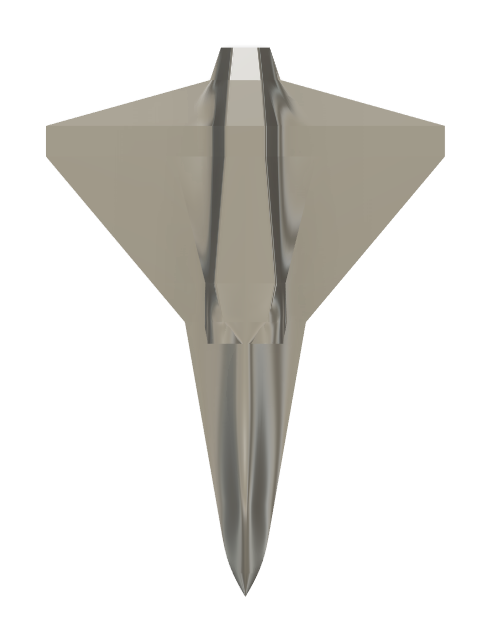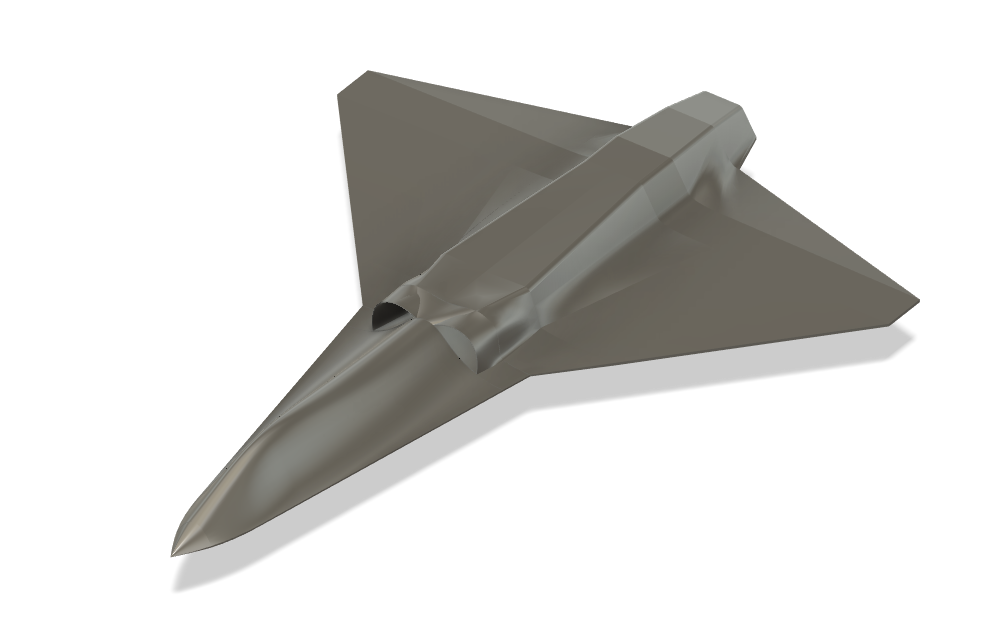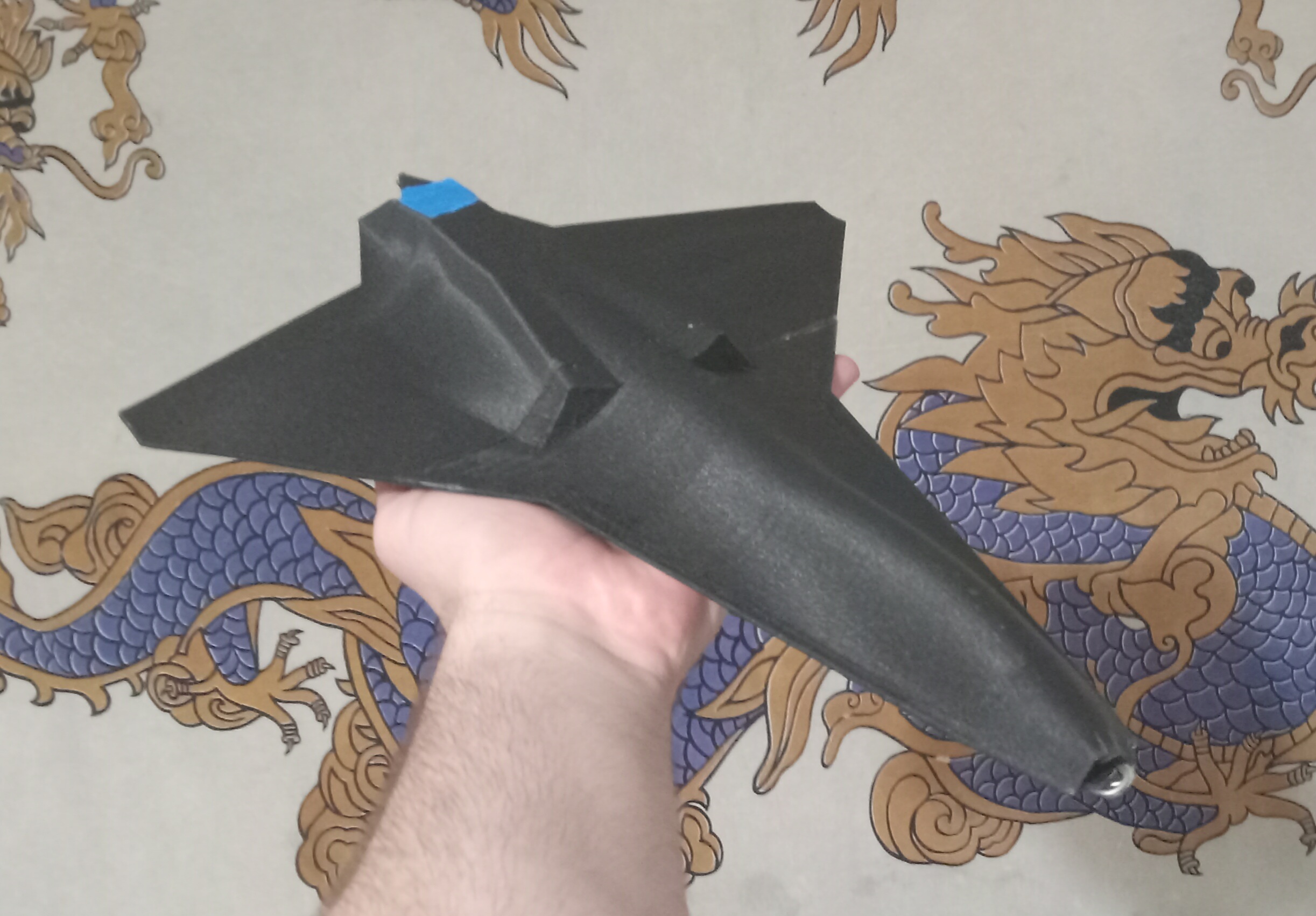telnar1236
Elite member
A lot of next generation fighter concepts are tailless, so naturally I've been curious about how reasonable it would be to build an RC version. The short answer is it seems like it will be way easier than I thought. I've been playing around with foam board chuck gliders while I work on some of my modular planes, and the trick seems to be careful shaping of the fuselage and wing that allows the fuselage to keep the plane directionally stable. Not sure how far I'll pursue developing this, but it would be kind of cool to have a tailless NGAD with thrust vectoring eventually. For now, I'm contenting myself with trying to print a 50mm EDF. If that works, I might pursue this more once I finish some current projects.




So far, I have printed a LW PLA chuck glider and built a couple foam board chuck gliders. They are all shockingly stable, to my great surprise. The foam board glider pictured here can actually be thrown at 90 degrees yaw and will self-correct if it has enough height. The 3D printed glider is a bit harder to test because of its higher wing loading but shows similar stability. Both are a bit beat up from testing, and I had to break the nose of the 3D printed version to add paper clips to get it to balance.






So far, I have printed a LW PLA chuck glider and built a couple foam board chuck gliders. They are all shockingly stable, to my great surprise. The foam board glider pictured here can actually be thrown at 90 degrees yaw and will self-correct if it has enough height. The 3D printed glider is a bit harder to test because of its higher wing loading but shows similar stability. Both are a bit beat up from testing, and I had to break the nose of the 3D printed version to add paper clips to get it to balance.










